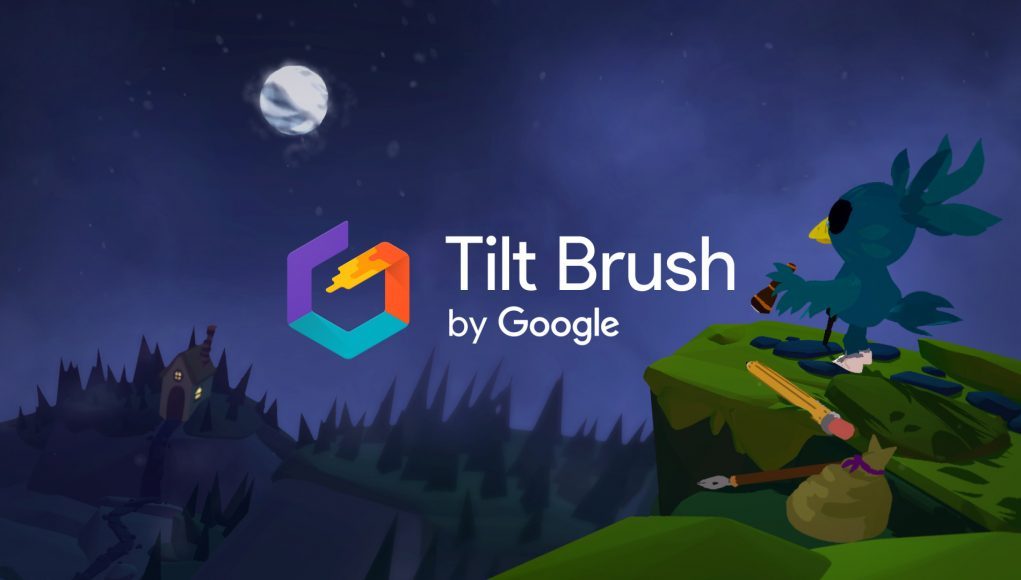Google announced it has stopped active development on Tilt Brush (2016), the company’s VR paint app. All is not lost though. As the team pivots to creating immersive AR experiences, Tilt Brush has officially gone open source, allowing anyone to modify or even clone the app in its entirety.
Even before Google discontinued its home-spun Daydream platform in 2019, it was fairly apparent that the company’s interest in developing both VR hardware and software had substantially waned. At Google I/O earlier that year, Daydream headsets were nowhere to be seen, revealing the company’s rapidly decreasing enthusiasm for the medium.
Fast forward a few months, and now Google is not only shutting down its 3D object platform Poly, which was announced in December, but it’s also stopping all active development on Tilt Brush. In retrospect, Tilt Brush co-creator Patrick Hackett departing Google earlier this month may have been writing on the wall that the VR paint app was on the chopping block.
In a bid to let Tilt Brush live on, the team has released an open source github repo of the app’s code, allowing others to use, distribute, and modify it for use in other projects. The team says in its build guide that while Tilt Brush is a Google trademark, developers are even free to clone it completely as long as they choose a different name.
Now that developers are free to browse, at least one previously planned feature on the to-do list has raised a few eyebrows in the community, namely the missing addition of multiplayer mode.
Awesome. So far this is my favorite part of the source pic.twitter.com/8bGgbzrOD3
— Lee Vermeulen (@Alientrap) January 26, 2021
The team says in a Google blogpost that Tilt Brush will “always remain available in digital stores for users with supported VR headsets,” however the move to open source the app will allow “everyone to learn how we built the project, and [encourage] them to take it in directions that are near and dear to them.”
Originally created by indie studio Skillman & Hackett, it wasn’t long before the studio and its impressive 3D art app were snapped up by Google; a 2015 acquisition proceeded the app’s launch on HTC Vive a year later.
Although it eventually went on to launch on all major VR headsets, development noticeably slowed over the past two years, starting back in 2018 when Google was still enthusiastically pushing its Android-based Daydream VR platform.
Tilt Brush’s most recent feature update came in March 2020, which brought to the app a new Camera Path Panel, Sketchfab, and a beta version of Google Drive backup. The app has only had a few bugfixes since then despite releasing concurrently on PSVR.







